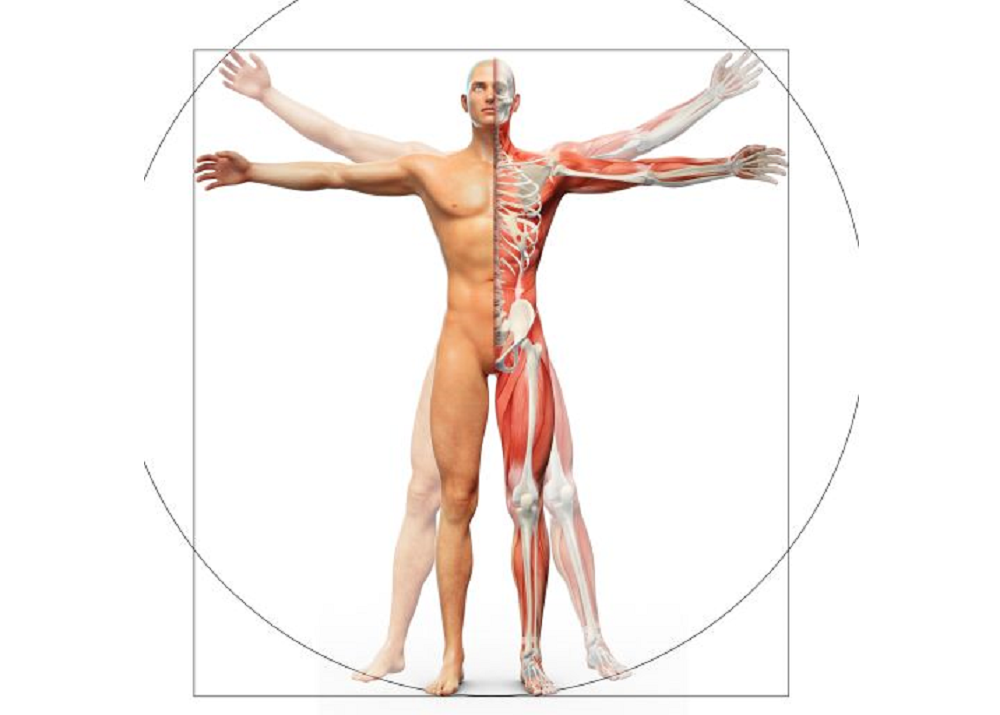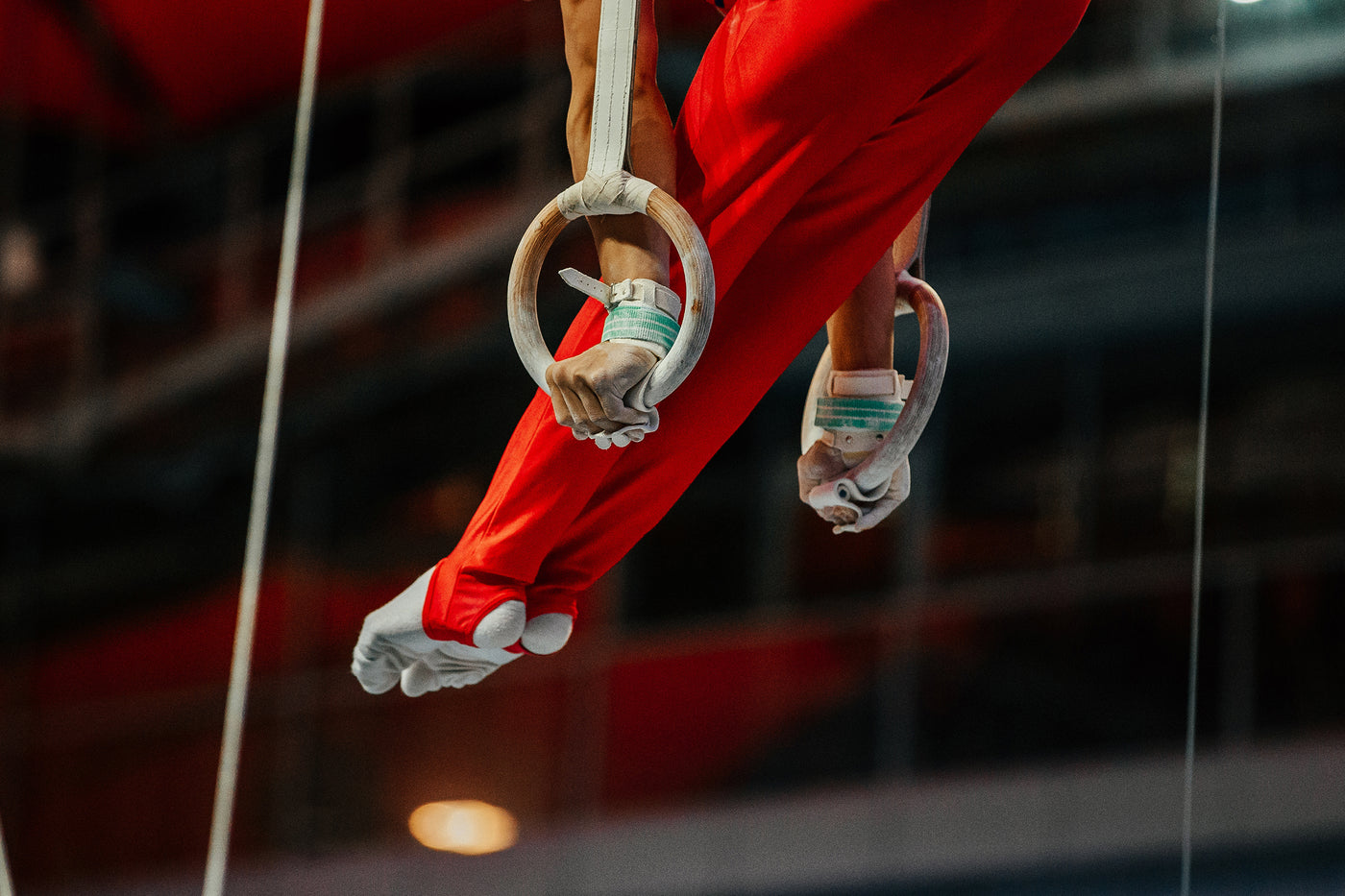Exercise Anatomy
HANGING LEG RAISE
Transform your core workout with Hanging Leg Raises - a dynamic exercise that targets your lower abs and challenges your entire midsection. Suspended from a bar, this movement demands stability and control, sculpting a strong and defined core. Elevate your routine by adding Hanging Leg Raises for a powerful twist on traditional ab exercises.

Major Muscles and Actions Involved
The Hanging Leg Raise, a potent abdominal exercise, centers around the joint action of hip flexion. As you suspend yourself from a bar and lift your legs, the hip joint undergoes flexion, bringing your thighs towards your chest.
This dynamic movement engages several key muscle groups within the core. The primary focus is on the lower abdominals, specifically the rectus abdominis, as it contracts to lift the legs and flex the hips. The hip flexors, including the iliopsoas, also play a significant role in executing the Hanging Leg Raise, contributing to the flexion of the hip joint.
Additionally, the exercise involves the muscles of the lower back to a lesser extent, as they work to stabilize the spine during the leg raise. The Hanging Leg Raise thus provides a comprehensive challenge to the core, targeting the lower abdominal muscles while fostering strength and stability throughout the midsection.

Safety First
For the Hanging Leg Raise, the most important safety consideration is protecting the lower back and shoulders by maintaining proper control and core engagement throughout the movement. When hanging from a bar, ensure your grip is secure, and engage your shoulder blades to avoid straining your shoulders. Throughout the exercise, engage your core to prevent arching of the lower back, which can lead to injury. Avoid swinging your legs or using momentum, as this places unnecessary stress on the lower back and reduces the effectiveness of the exercise. Focus on slow, controlled movements as you raise and lower your legs. If needed, start with bent knees to build strength and reduce strain.

Sports Uses
The Hanging Leg Raise, with its emphasis on core strength and stability, is of direct benefit in various sports, playing a vital role in enhancing performance and reducing the risk of injuries.
Gymnasts, known for their incredible strength and control, incorporate Hanging Leg Raises into their training routines. The exercise specifically targets the lower abdominal muscles, aiding gymnasts in achieving the required body control during intricate routines on bars, rings, and other apparatuses.
Rock climbers, navigating challenging ascents, find the Hanging Leg Raise advantageous for building core strength. The exercise contributes to maintaining a stable and controlled body position while executing dynamic movements, essential for efficient climbing and overall endurance on the rock face.
In the realm of martial arts, where explosive movements and core stability are paramount, Hanging Leg Raises become a valuable addition to training regimens. The exercise strengthens the lower abdominal muscles, assisting martial artists in generating power for kicks and maintaining stability during dynamic movements and defensive maneuvers.
Calisthenics athletes, who rely on bodyweight exercises for strength and aesthetics, integrate Hanging Leg Raises to enhance their core strength. This exercise plays a crucial role in mastering advanced movements like levers and planches, showcasing the importance of a strong and stable core in calisthenics routines.
Furthermore, for obstacle course racers and participants in events like Ninja Warrior, where hanging elements and core engagement are prevalent, the Hanging Leg Raise is an essential training tool. The exercise prepares athletes for the challenges of navigating hanging obstacles, contributing to improved performance in these dynamic and demanding competitions.
In summary, the Hanging Leg Raise offers direct benefits to athletes across a spectrum of sports, enhancing core strength, stability, and control. Its versatility and specificity make it a valuable addition to training regimens, contributing to improved performance in activities that demand a strong and resilient core.
Exercise Tips
- Technique:
Focus on proper technique to maximize the effectiveness of Hanging Leg Raises. Begin by hanging from a bar with a shoulder-width grip, engage your core, and lift your legs while keeping them straight. Avoid swinging or using momentum, and control the movement throughout. Initiate the lift from your lower abs to ensure targeted activation. - Range of Motion:
Embrace a full range of motion in Hanging Leg Raises to fully engage the lower abdominal muscles. Lift your legs until they are parallel to the ground or higher, ensuring you avoid excessive swinging. Lower them back down with control, allowing the legs to fully extend before the next repetition. This complete range optimizes the challenge to the core. - Amount of Weight Used:
As Hanging Leg Raises primarily utilize bodyweight, focus on perfecting form before considering additional resistance. Gradually progress by incorporating ankle weights or a dip belt with added weight once you can perform controlled reps with your body weight. Prioritize control over heavy resistance to prevent swinging and maintain proper form. - Variations:
Explore variations of Hanging Leg Raises to target different aspects of the core. Try bent-knee Hanging Leg Raises for a modified version or windshield wipers to engage the obliques. These variations add diversity to your core training, working different angles and intensifying the challenge. - Breathing:
Establish a consistent breathing pattern to support core engagement during Hanging Leg Raises. Inhale as you lower your legs, and exhale forcefully as you lift them. Maintaining a rhythmic breathing pattern contributes to overall stability and control throughout the exercise, enhancing the effectiveness of the movement.
Hanging leg raise vs the Reverse Sit-up
Hanging Leg Raise:
- Position: Hanging from a bar, typically in a pull-up position, legs are lifted toward the ceiling.
- Muscle Engagement: Primarily targets the lower abdominal muscles, including the rectus abdominis.
- Equipment: Requires a pull-up bar or specialized equipment for hanging.
- Intensity: Can be challenging, especially for core strength and stability.
- Range of Motion: Offers a significant range of motion, involving both lifting and lowering the legs.
Reverse Sit-Up:
- Position: Lying on your back with legs elevated, lift your hips toward the ceiling.
- Muscle Engagement: Engages the lower abdominal muscles, particularly emphasizing the lower part of the rectus abdominis.
- Equipment: Typically requires a flat surface or an incline bench for back support.
- Intensity: Provides a challenging workout but may be slightly less intense than hanging leg raises.
- Range of Motion: Offers a full range of motion, especially when performed with proper form.
Considerations:
- Stability: Hanging leg raises challenge overall body stability due to the hanging position, while reverse sit-ups offer more back support.
- Equipment Requirements: Hanging leg raises need a bar or similar setup, whereas reverse sit-ups can be done with minimal equipment.
- Variations: Both exercises have variations, such as adding weight or incorporating twists, to increase difficulty and target different muscle areas.
- Accessibility: Reverse sit-ups may be more accessible for individuals without access to a pull-up bar.
Ultimately, the choice between hanging leg raises and reverse sit-ups depends on personal preferences, fitness goals, and available equipment. Both exercises are effective for strengthening the core and lower abdominal muscles.

Want to Learn More?
Try our premium ebook, Exercise Anatomy and Biomechanics: Ultimate Guide.
Satisfaction guaranteed.
